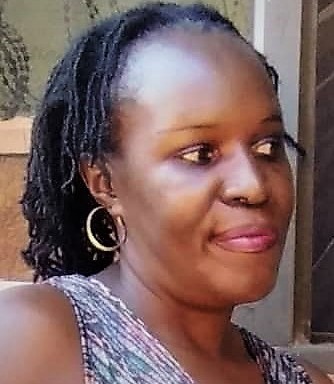“I am a girl, not a woman”: how recognizing diverse girlhoods can foster the inclusion of young mothers in debates on womanhood and girlhood
Posted on: 10th March, 2023 By: Annah Kamusiime 10 min readIn Uganda, young mothers are predominantly called women, although some young mothers contest that representation and prefer to be called girls. The normative insistence on categorizing young mothers as women despite girlhood being a transitional phase locks young mothers in an in-between category, a space in which they can be neither girls, nor children, nor women. International Women’s Day celebrations further risk widening the gap between such girls whose daily realities centre on survival, writes Annah Kamusiime. The need to recognize diverse girlhoods is a first step in ensuring that girls are included in discussions on womanhood and girlhood.
Opinions expressed in 'NRDO Uganda' blog posts reflect solely the views of the author of the post in question.

